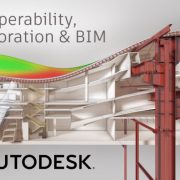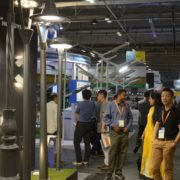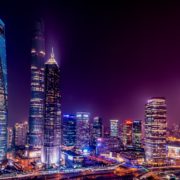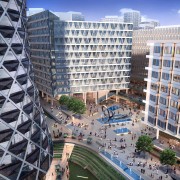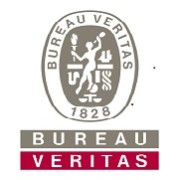Huge Potential for Lighting Control Systems in India
Mumbai, India: Escalating investment in the real estate and construction industry, coupled with the growing need to reduce energy consumption across the commercial, residential and government sectors, is propelling the Indian lighting control systems market.
Green building projects, in particular, are illuminating avenues for lighting control systems since they have to comply with various national standards set by the Bureau of Energy Efficiency (BEE), Energy Conservation Building Code (ECBC), Green Rating for Integrated Habitat Assessment (GRIHA), and Indian Green Building Council (IGBC) along with international standards such as Leadership in Energy & Environmental Design (LEED).
New study from Frost & Sullivan, Analysis of the Indian Lighting Control Systems Market, finds that the market earned revenues of INR 2.50 billion in 2012 and estimates this to reach INR 4.06 billion by 2017 at a compound annual growth rate of 10.2 percent. Lighting accounts for more than 17-20 percent of the world’s energy costs.
With the usage of the right combination of advanced lighting solutions such as efficient lamps, high-performance luminaires, electronic drivers and controls etc., consumers can achieve energy savings of up to 60-70 percent, added the study.
According to study, the potential for lighting controls in green building is huge. It is observed that nearly 1,909 green buildings are registered with IGBC, out of which some 300 green building projects are certified and fully functional in India. It is also observed that there are around 300 projects registered under GRIHA.
“Real estate investors are beginning to realize that even though the construction costs of a green building are higher than those of a conventional building, they can recover the incremental costs within three to four years by incorporating energy saving measures,” said Frost & Sullivan’s Environment & Building Technologies Analyst.
“The continuing drop in the cost of traditional lighting control products, mainly due to modest innovation, will help this segment expand. Traditional lighting controls are mainly used by medium and small scale stakeholders (typically less than 5000 square meters), while the more expensive automatic controls are mainly deployed by the large users (more than 5000 square meters),” the analyst added.
Source: CIOL Bureau



